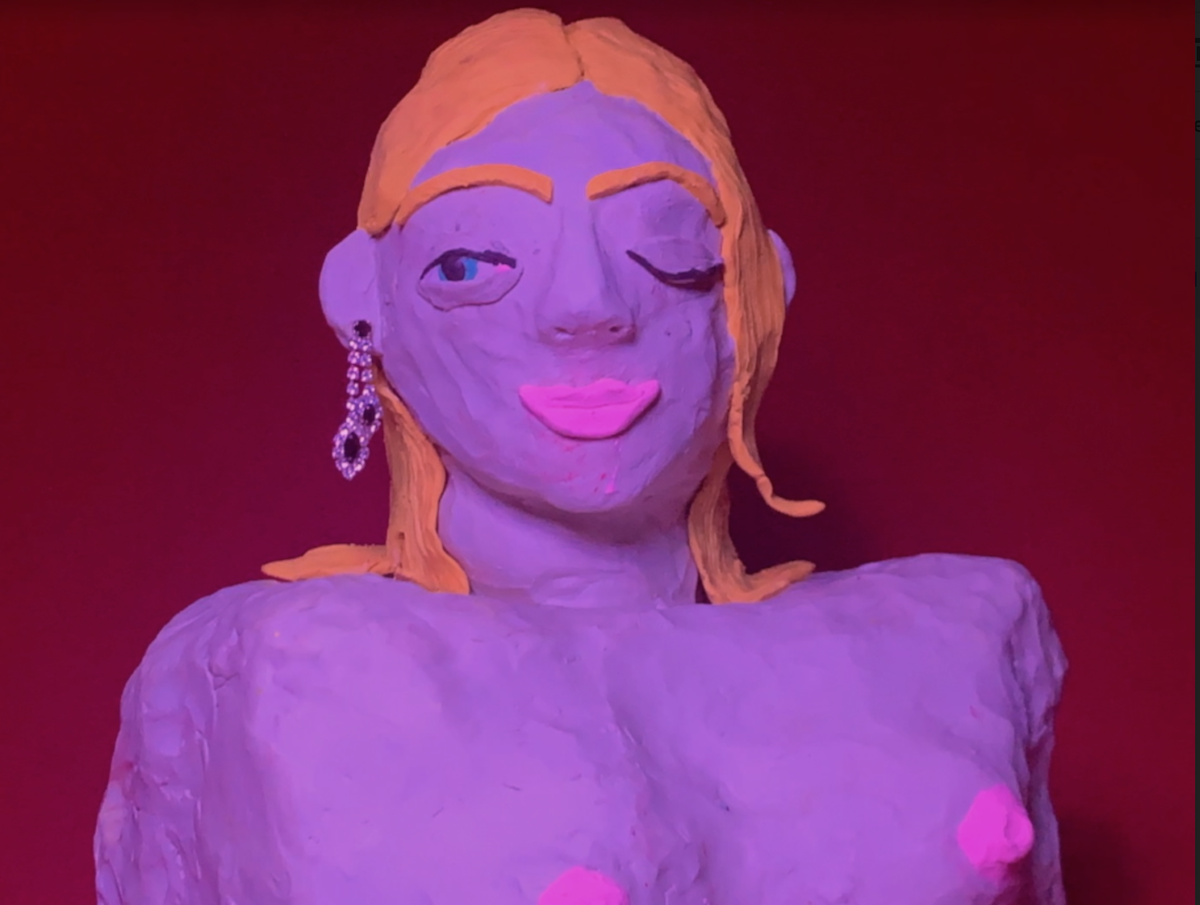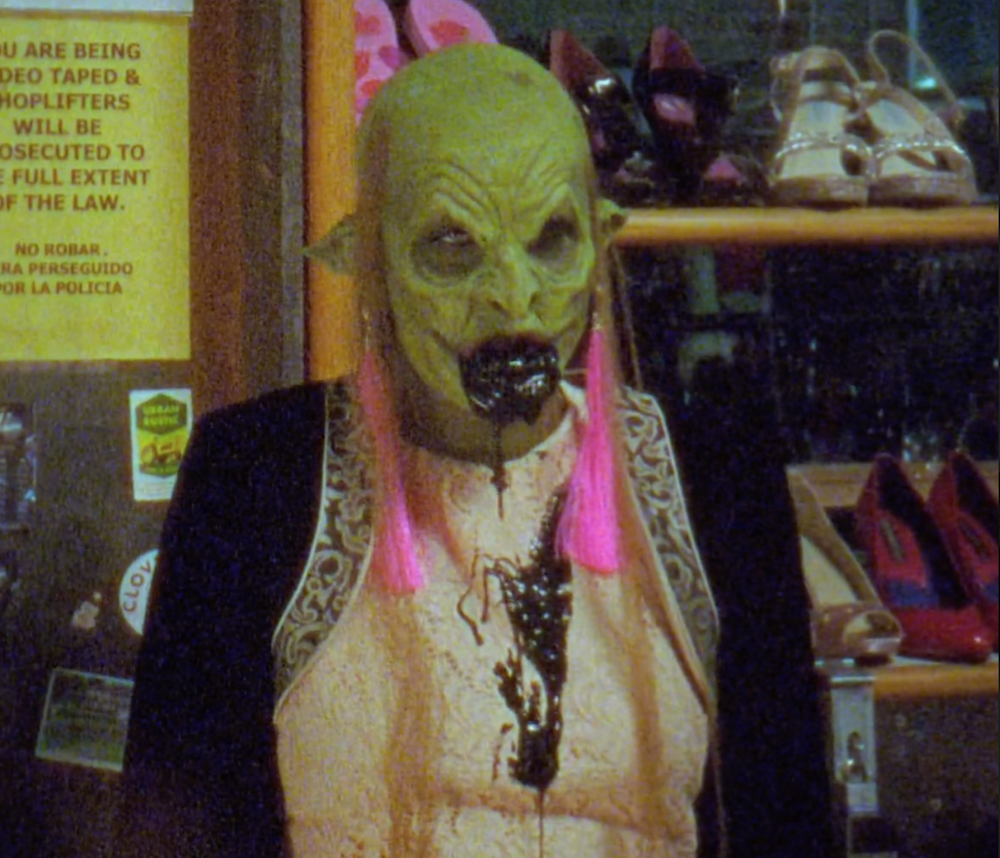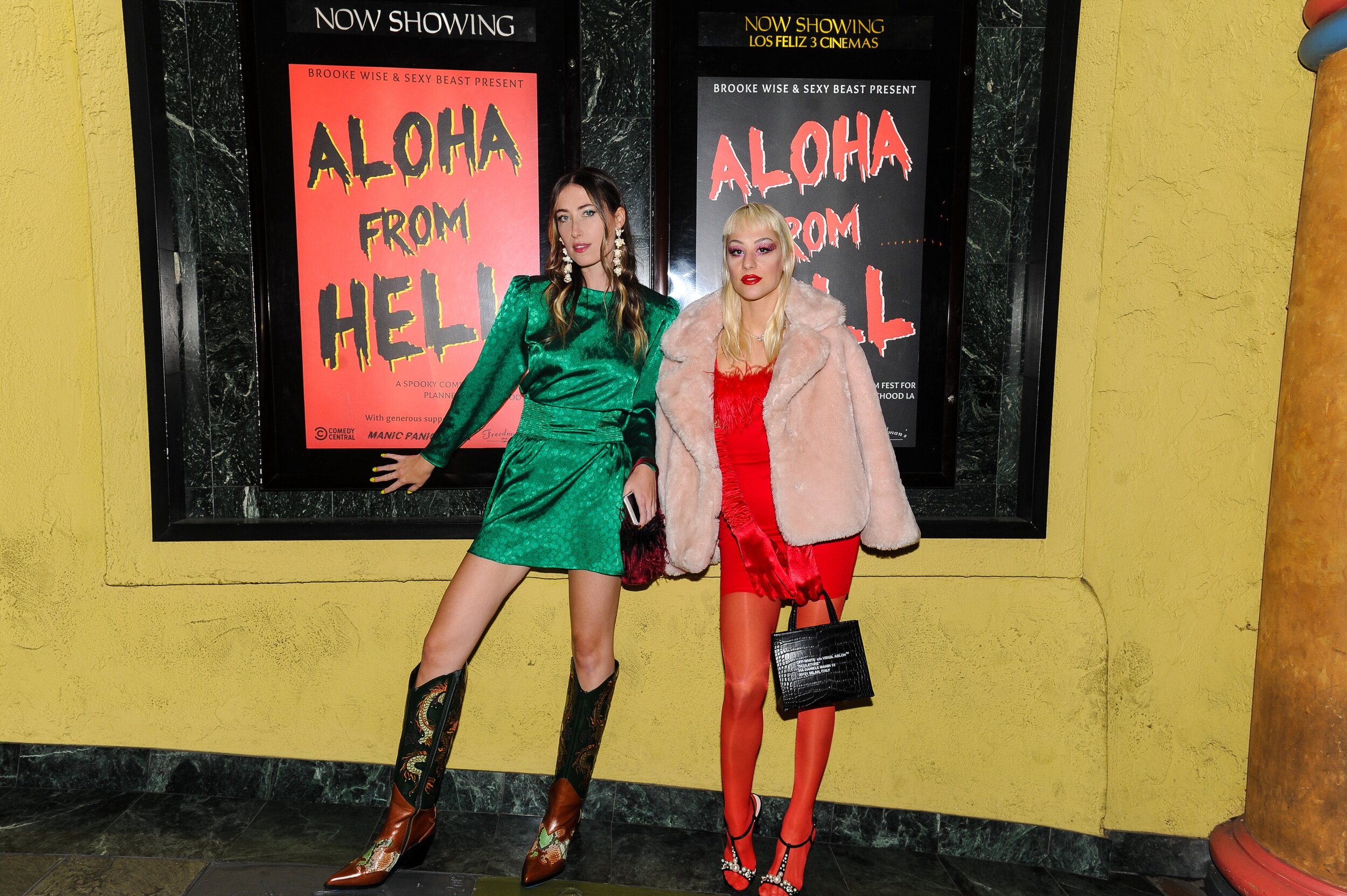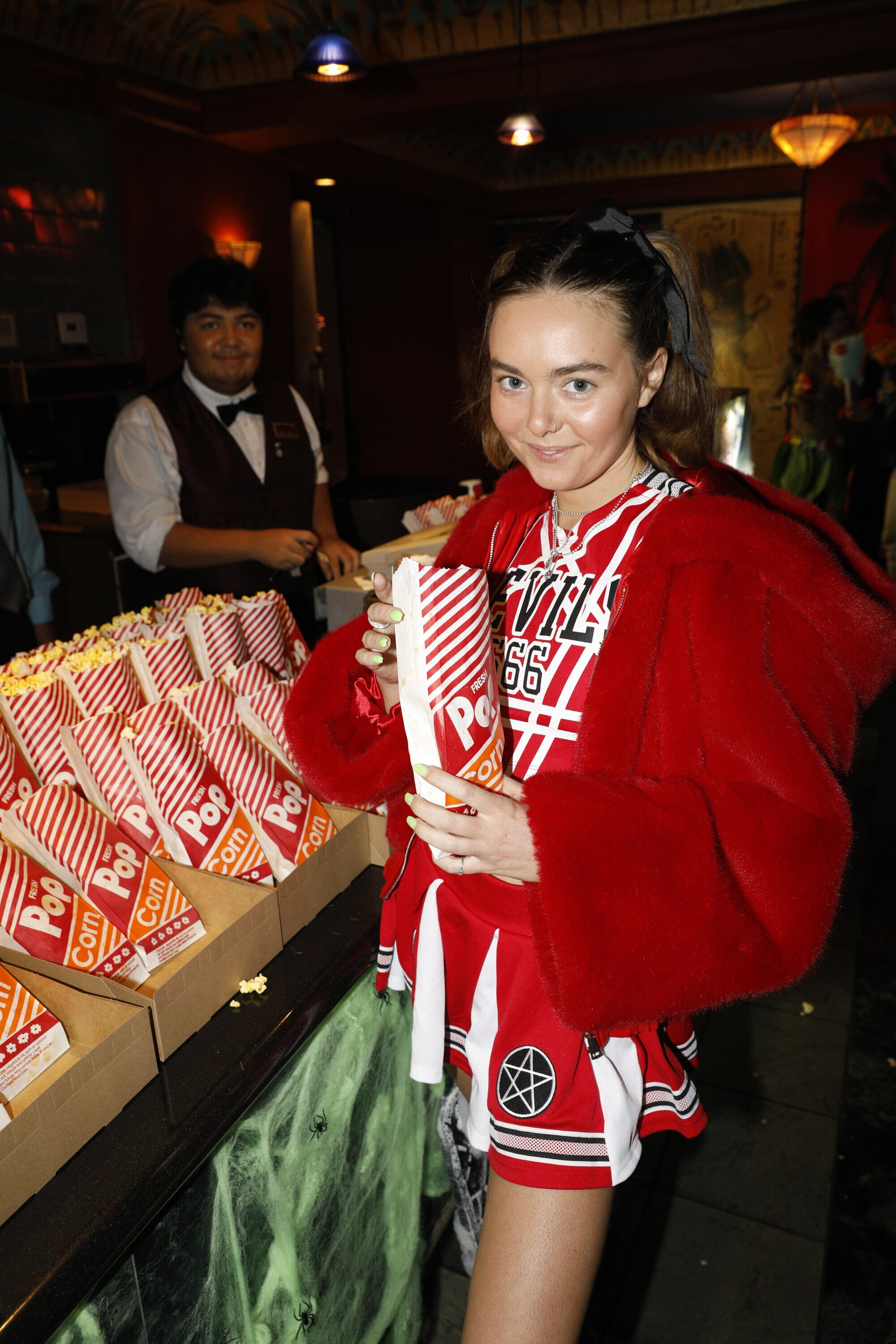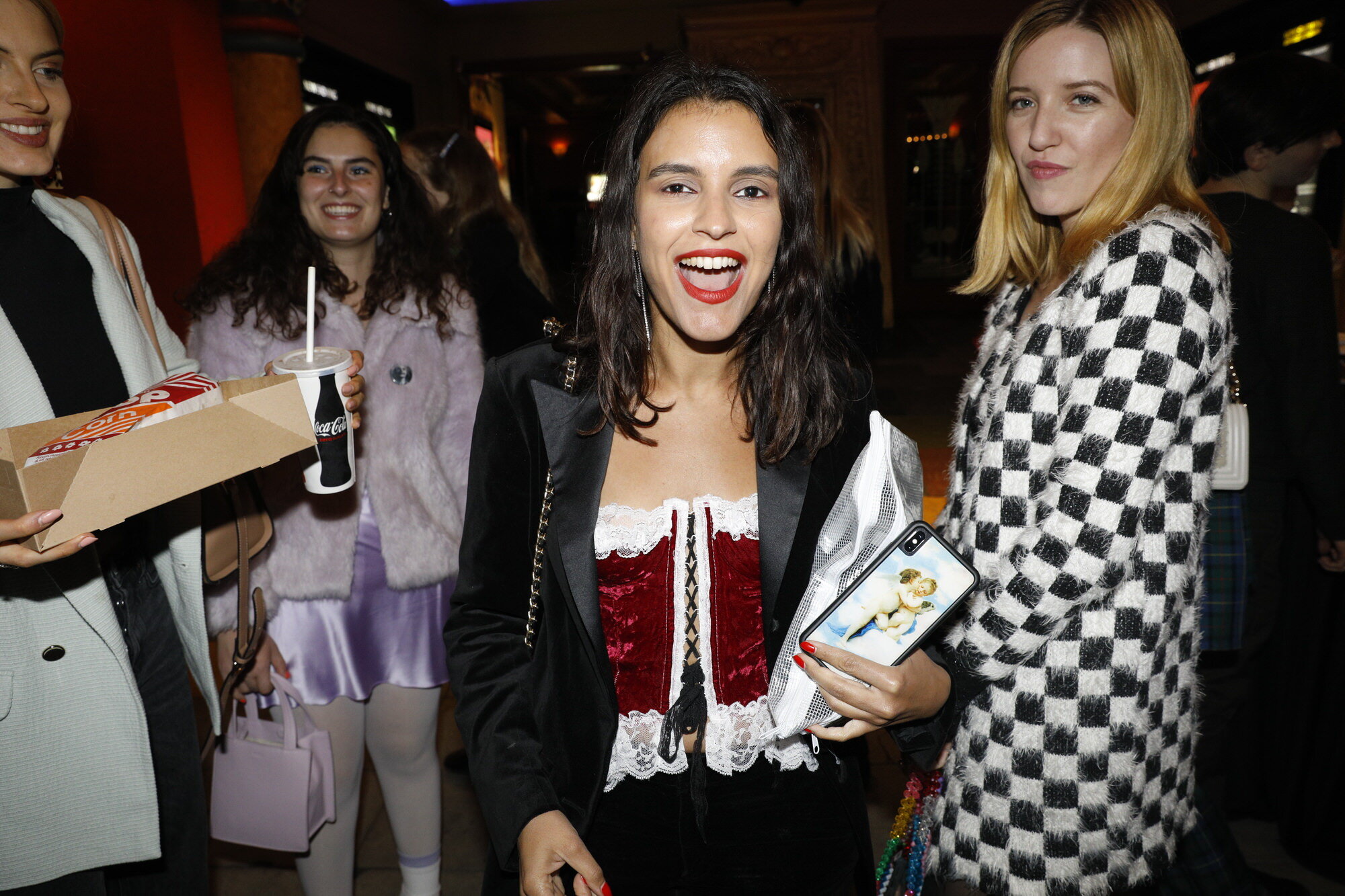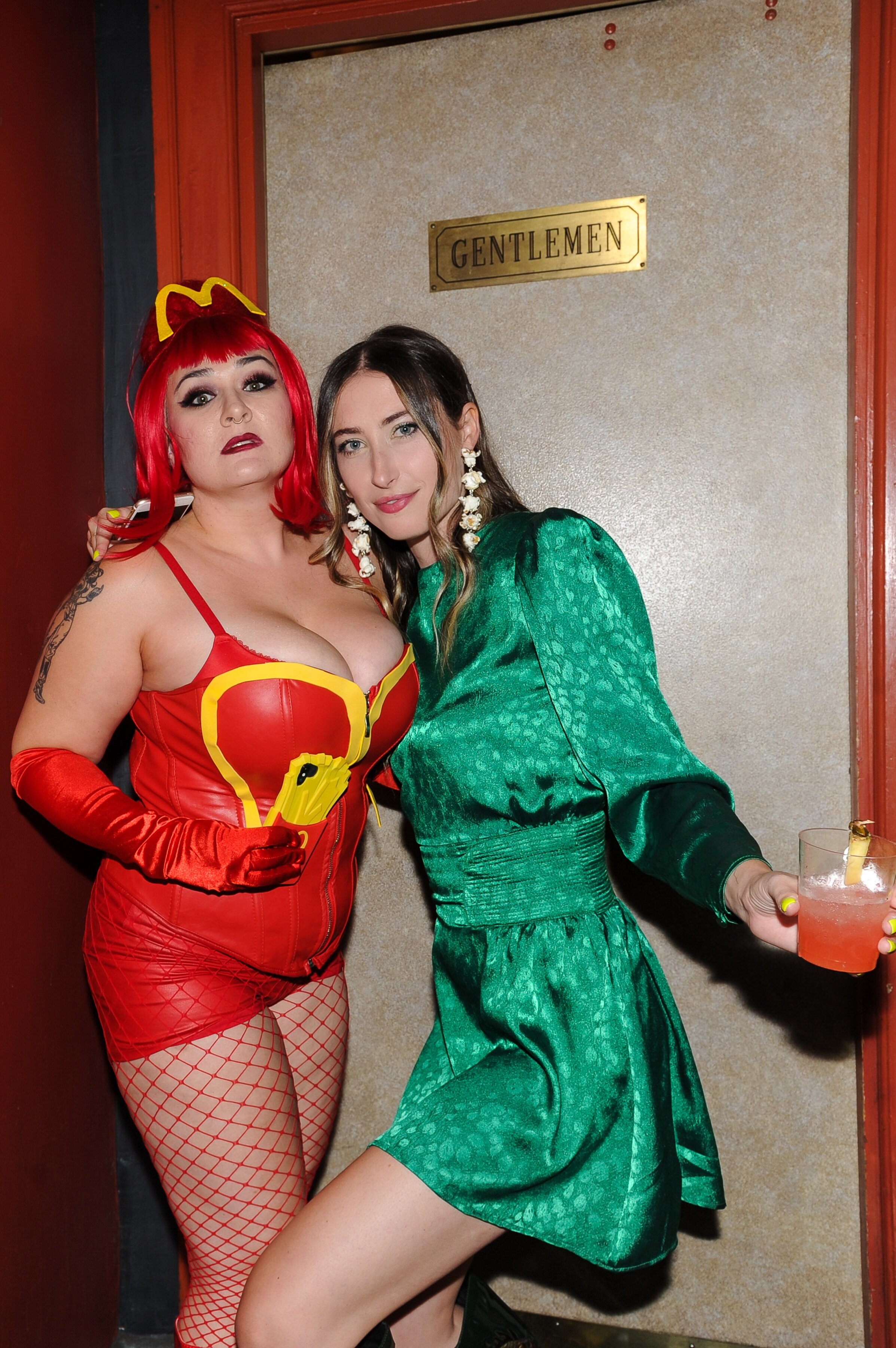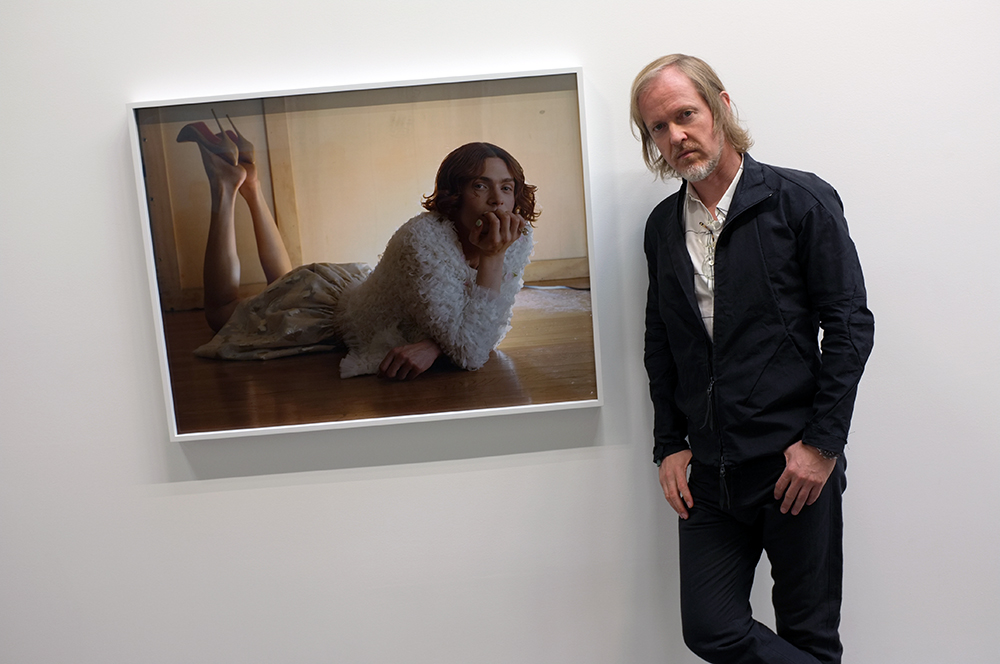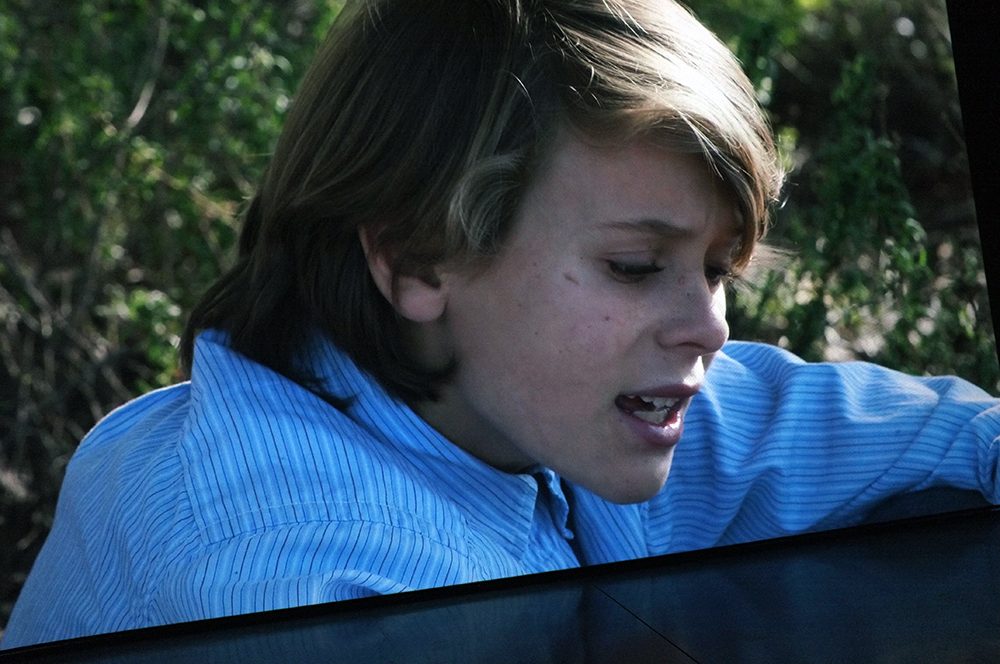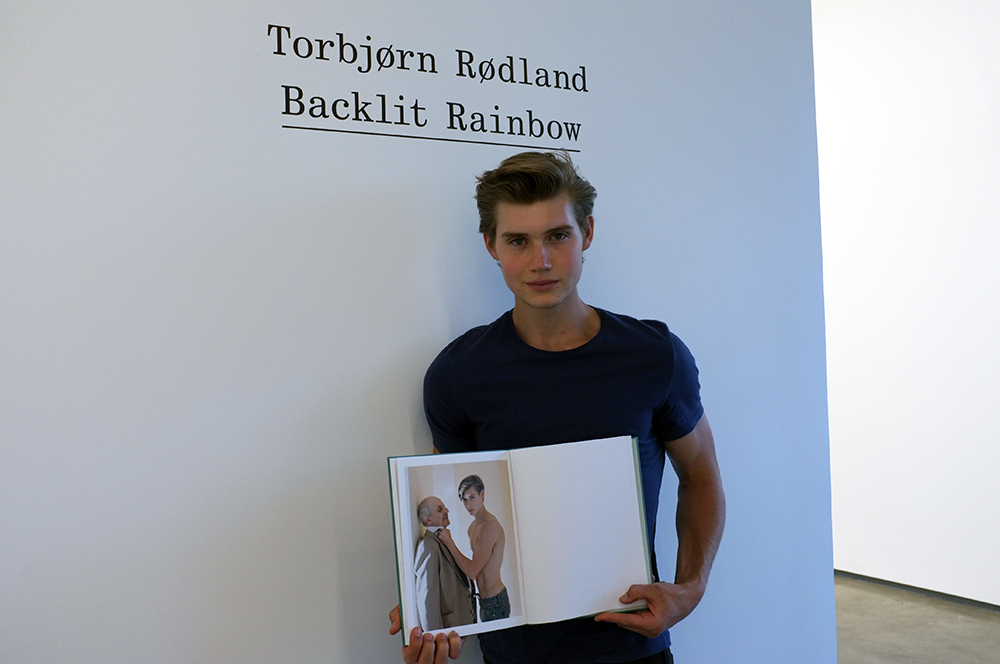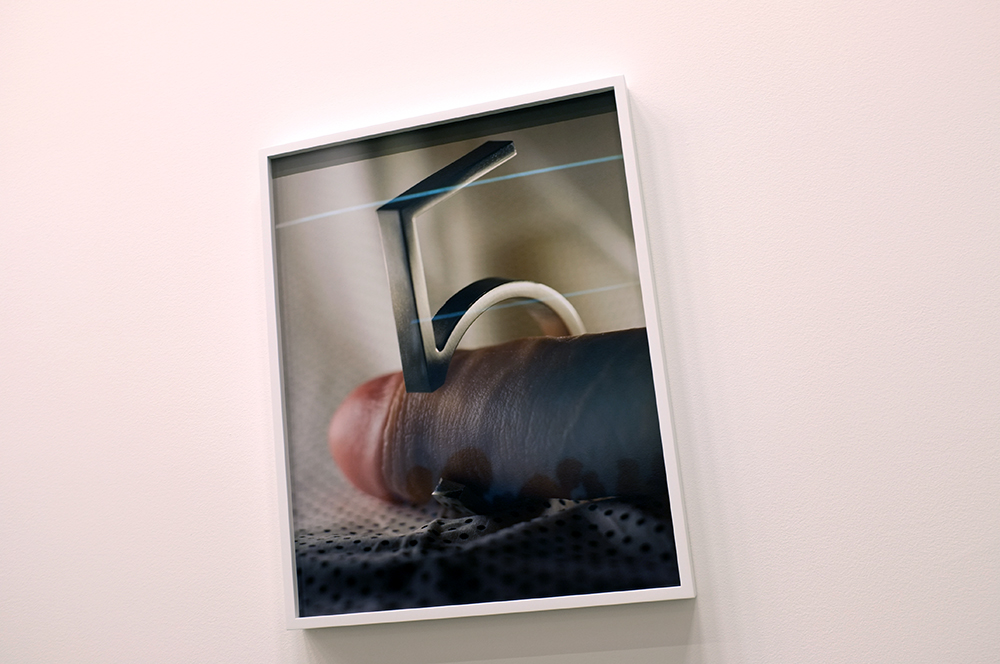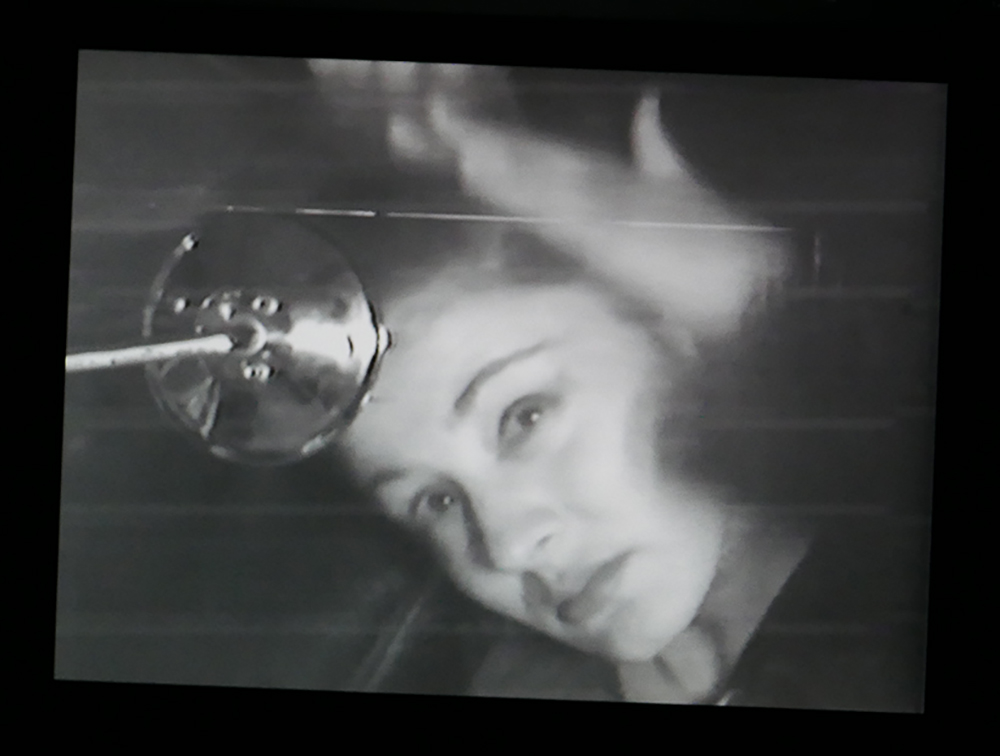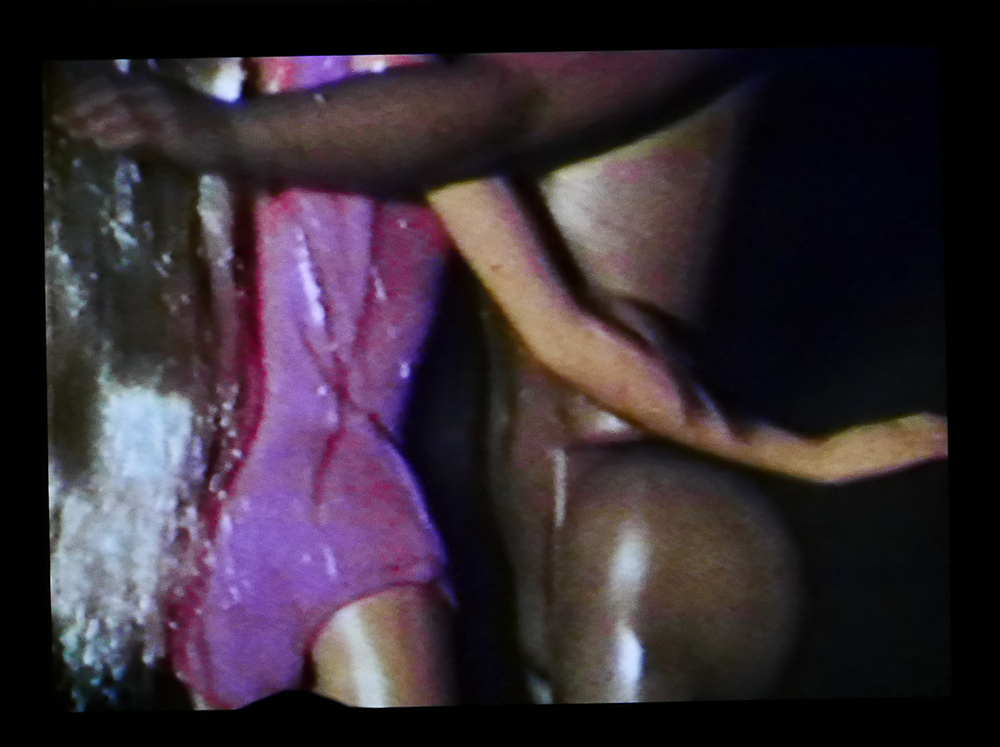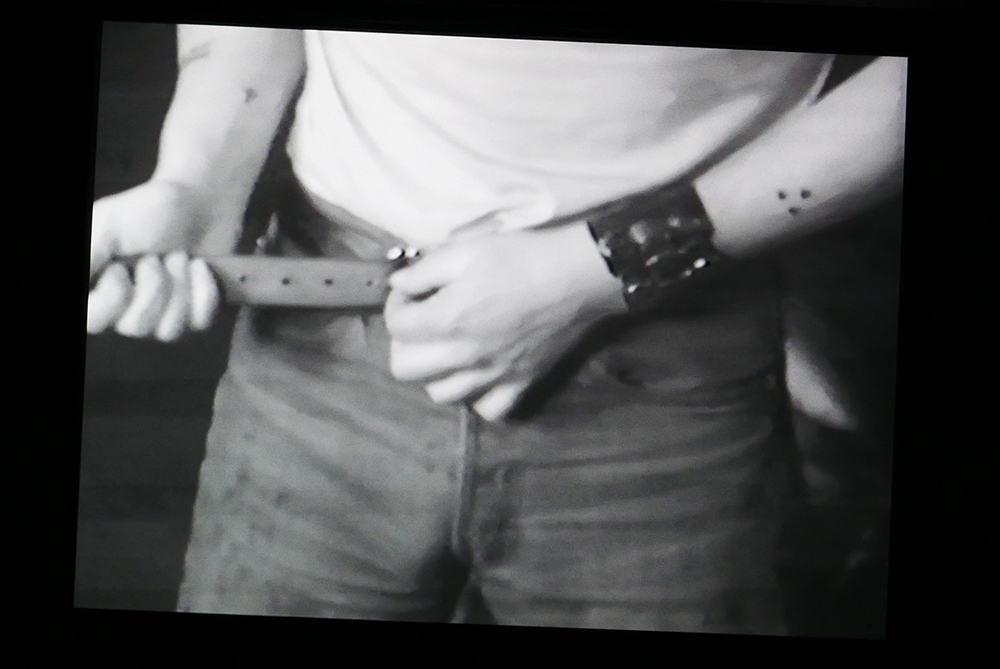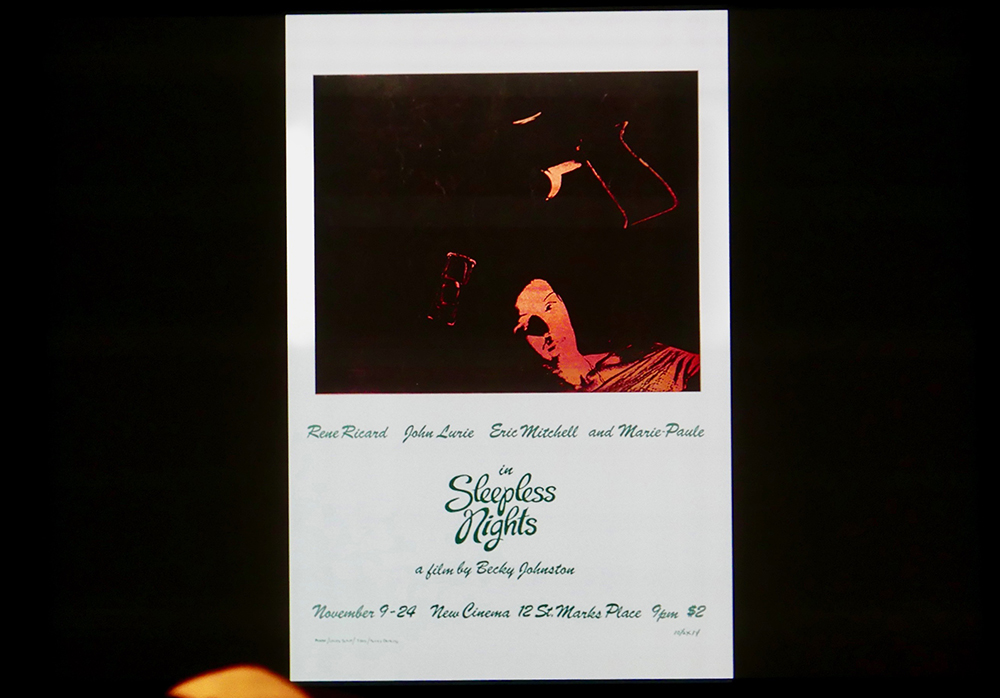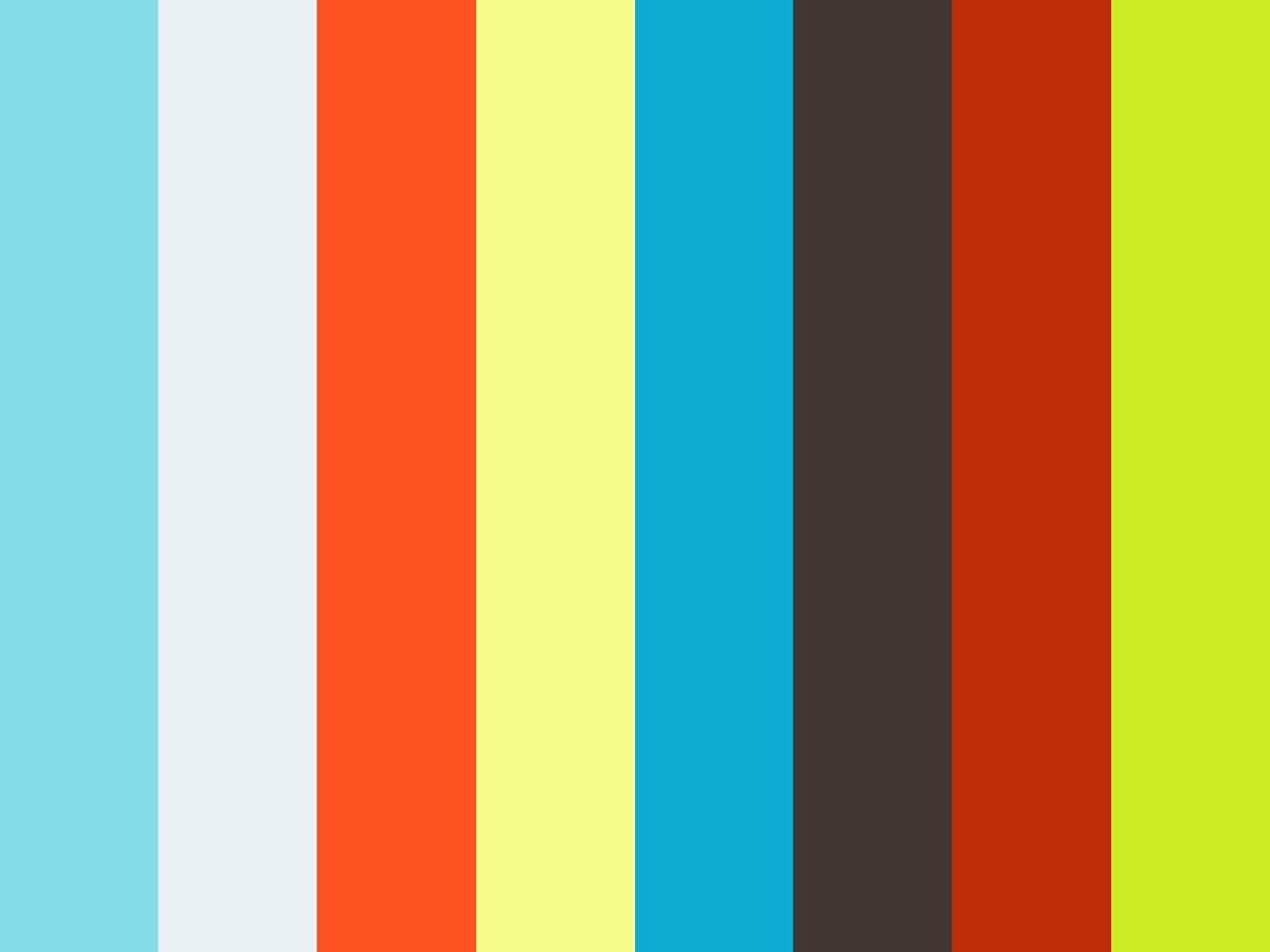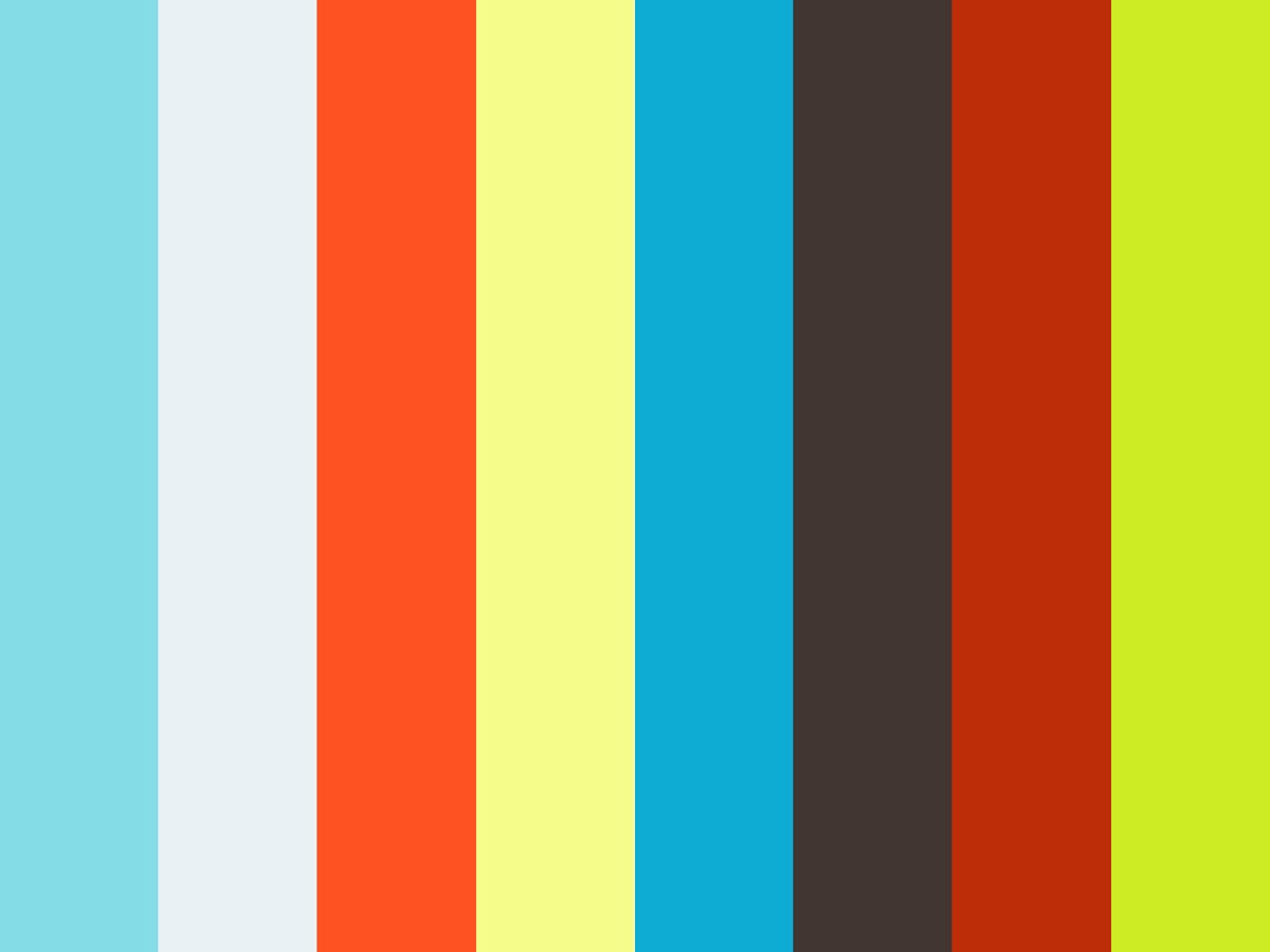text by Avery Wheless
As we wrap a year of the unpredictable and frightening, it’s clear that comedy serves as a good access point to observe the macabre in life. This is no new approach for curator Brooke Wise, who is notorious for utilizing humor while approaching complicated topics. Wise reasons, “You can get so much across with humor, especially with so much darkness happening at the moment, it’s the best tool we have.”
Luckily, Wise has blessed us once again with her fourth round of Aloha From Hell, a film festival calling together creatives of all kinds with proceeds benefiting Planned Parenthood LA in partnership with Depop.
Aloha from Hell is typically a Halloween festival, but in a year where schedule is neither here nor there, Wise delivers her satirical and spooky cinematic experience right in time for the holidays.
Unlike most film festivals, submissions are open to all creatives, musicians, artists, comedians, and more. The resulting selection features traditional filmmaking, experimental video, narrative and performance art— proving you don’t need to be an actual filmmaker to make a video.
This year features creatives such as Chloe Wise, Benny Drama, Mia Kerin, Kate Jean Hollowell, Mark Indelicato, Miles McMillan, Dinah Rankin, Ew Yuk! And musical guests, Okay Kaya and Kacy Hill. The festival’s common thread of uncanny and outlandish opens conversations through a visually experimental context, while addressing raw and diverse topics in regards to gender and sexuality.
Known for combining her curatorial work with raising funds for charitable organizations, Wise chose Planned Parenthood specifically for Aloha from Hell, as an open expression of gender and sexuality is rooted at the core of many of the showcased films.
Reasoning that the best way to face all things scary is through a lens of playfulness, Aloha from Hell delivers just the right amount of the obscene, kooky and irreverent, brightening the quarantine and making us all feel a little less fucked up.
Aloha From Hell will be screened virtually on December 22 from 5-8pm PST.























